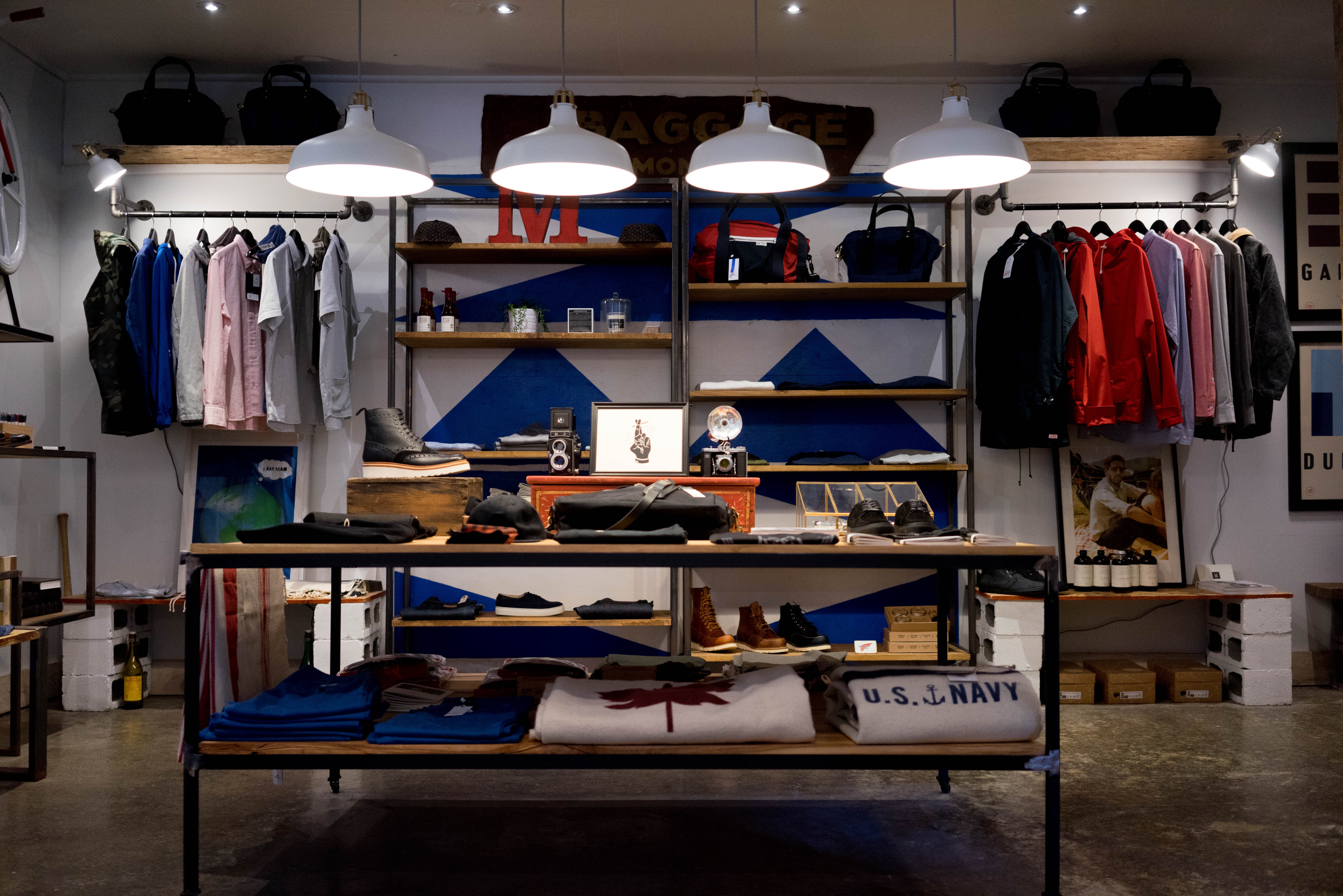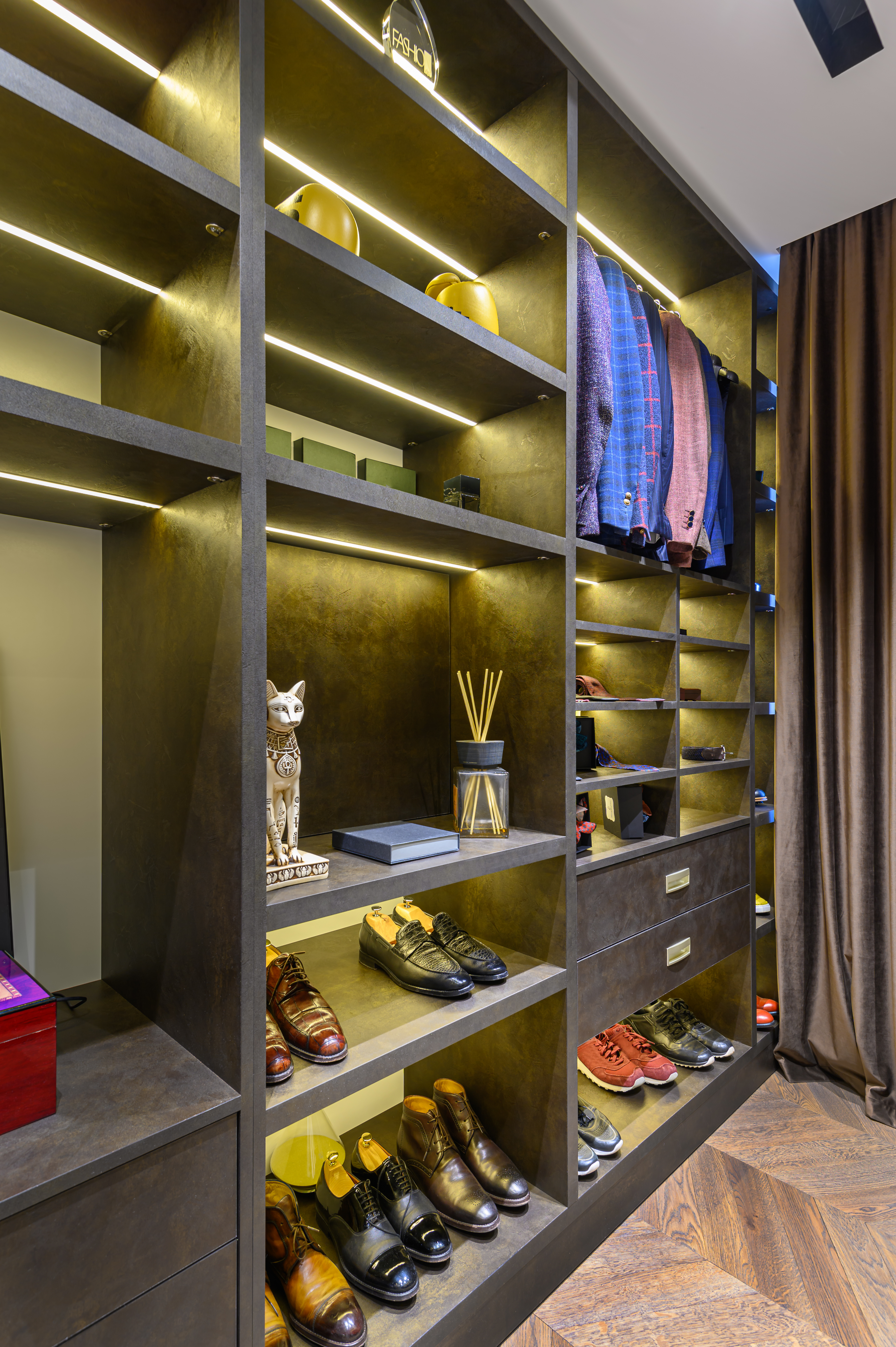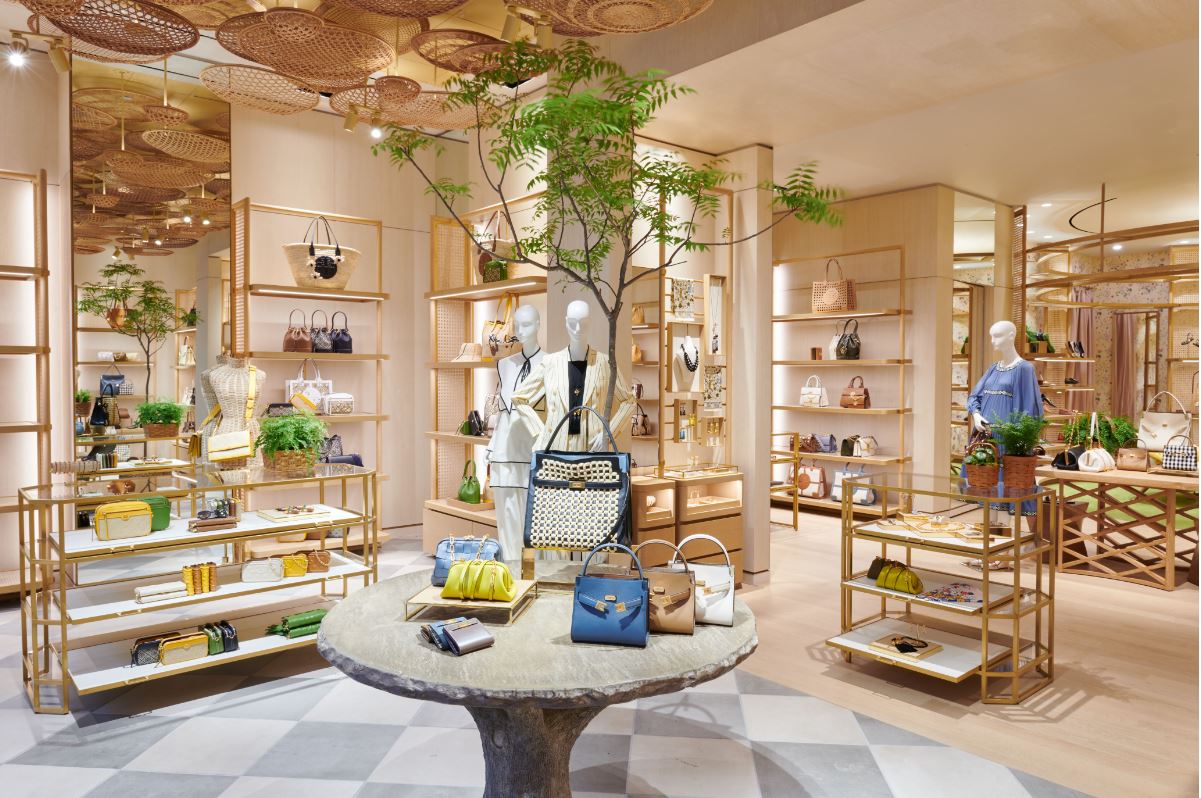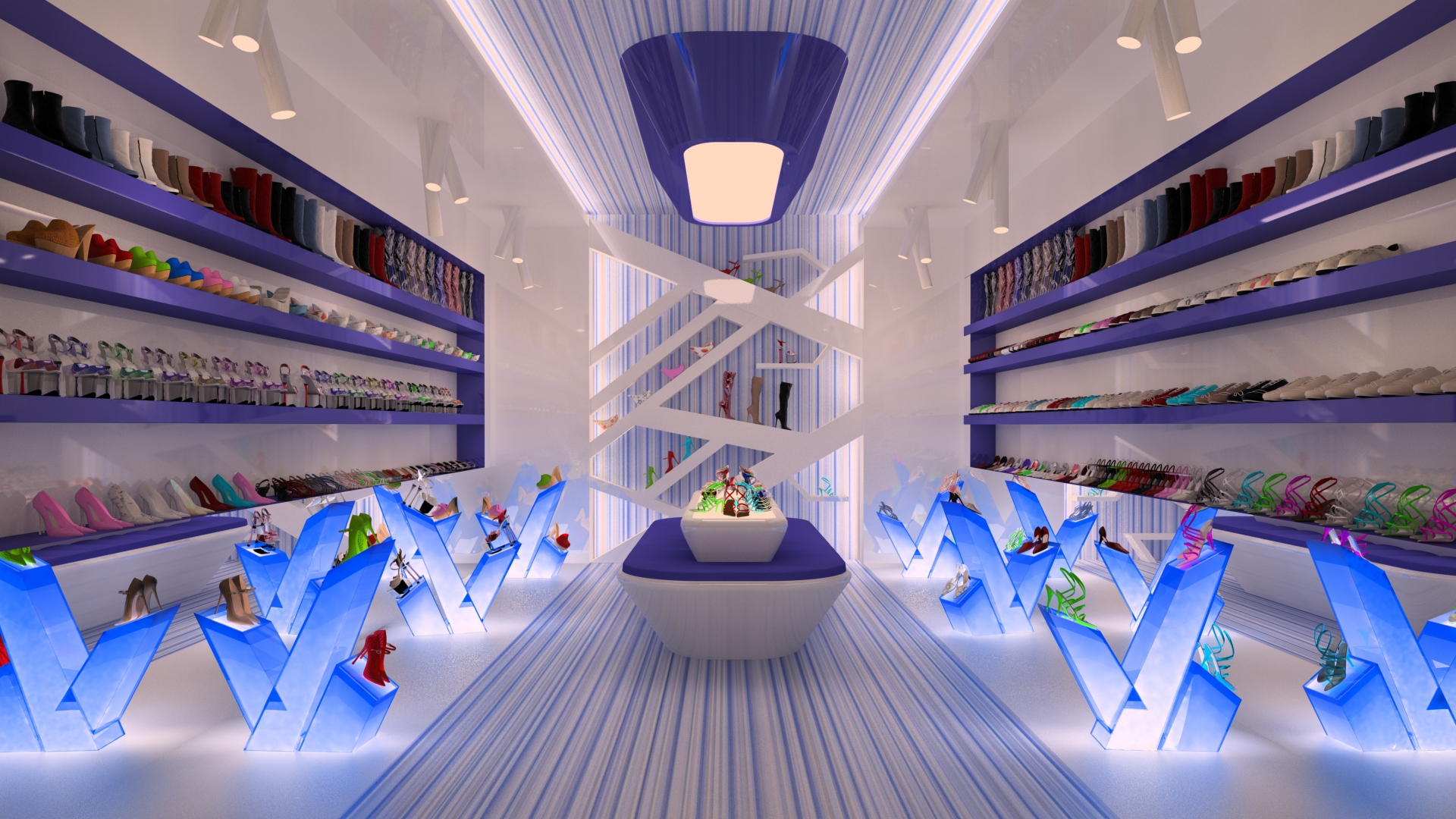5 Most Effective Lighting Techniques for Retail
Lighting is more important than ever when it comes to product display
You see how lighting affects the ads we see on social media—yes, those exact ads that entice you to click and then deliver you right to the product page where you can purchase that well-lit, warm, airy product that you must have.
Ultimately, just like with well-lit photographs, the lighting of your store draws your customer in and guides them through their buying journey. The lighting you choose sets the tone, mood, and ambiance. All of this not only determines a customer’s mood, but also how long people want to shop in your store.
So, what lighting techniques do you need to use to boost sales? What lighting methods can you use to get customers to stay longer and buy more? We’ve outlined five retail lighting best practices to help you sell and give your customers a buying journey they will want to experience again and again:
1. Contrast
Even from birth, humans are drawn to high contrast images. And while those basic black, red, and white cards are boring to us adults, the concept still applies—overstimulation is overwhelming. By using contrast, you’re able to help your customer digest the whole of your space into smaller parts. While some stores benefit from low-contrast lighting, such as grocery or open department stores with sprawling isles that help guide the customer, smaller more intimate retail spaces need to use a trick of light here or there to tone down the high-input nature of product display. By utilizing ambient light, mixed with some dark areas and accent lighting, you’re able to focus the customers attention in one place, and give them the opportunity to discover more the deeper they travel into the store.

2. Layered Light
Lighting a store doesn’t simply mean making sure the space is, well, lit. Like with art, you need to add layers to offset a focal point, draw the customer’s eye, make an impact, and entice them to stay longer and discover more. Layered light can help you accomplish this in your space, and starting with the base, your ambient light, and building off that lighting foundation with accents, task, and decorative lighting, you’ll create a space evocative of your brand identity.
-
-
-
Ambient
-
-
One of the first things customers will notice is the vertical light, or the light you choose to have as your ambient light source. This will serve as your backdrop to layer other kinds of lighting. As humans, it’s a fact that light impacts our sleep and mood. We constantly seek that vertical light to help us determine the time of day, whether we realize it or not. So, by providing an ambient light source, whether warm and neutral, or bright and modern, the overall lighting sets the tone for the space and the products you are displaying, and ultimately, trying to get your customers to purchase. Ambient lighting further serves to set the tone and aesthetic of your store when you opt for statement pieces. These fixtures can range from chandeliers to decorative art installations to modern track lighting and more.
-
-
-
Task
-
-
As the name suggests, task lighting is task oriented–meaning a specific job or function is performed in those areas. Some examples of task lighting include lighting affixed overtop of a register or in a changing room, but also extends to back stock areas and office space as well. Task lighting is usually brighter, overhead lighting, though not necessarily true for changing rooms, where the lighting should be similar, at least in aesthetic and tone, to mimic the rest of the store. The basic model for changing room lighting should be white, neutral, and warm, to not distort the color of clothing and help the customer feel comfortable and welcome in the space.
-
-
-
Accent
-
-
Accent lighting is used to highlight specific products or key areas. Accent lights are what will draw the eye of your customer and guide them to specific products by increasing visibility or accentuating them specifically. Accent lights are most often use to display key products and there are a variety of tactics and techniques to use accent lighting. Behind the shelf lighting or inner-cabinet lighting is a great way to highlight small items and cosmetics. Track lights and can lights are great for tables and racks.

-
-
-
Decorative
-
-
Finally, truly set the aesthetic for your store with decorative lighting. Decorative lights support the emotional response of your customer by adding to the overall atmosphere of your space. Embellishing your space with pieces that promotes your store’s aesthetic will only further the customer experience, inviting them to visit again.
3. Set the Tone with Color

One would think color is a relatively simple thing—but ask any artist or lighting expert and they’d beg to differ. When it comes to lighting, color temperature is not exactly a straightforward concept, but a good rule of thumb is retail settings should strive for a CRI (color rendering index) of 90+. This is how the lighting will affect the colors of your products. CRI is related to, but not fully associated with Kelvin, or whether the tone of the light is cool (a high number), or warm (a low number). By knowing how you want your space to feel will dictate whether you choose a warm color or cool color. Warmer tones evoke a more welcoming and cozier feel (think Tory Burch), while cooler tones give the vibe of high-tech, modern, and sleek (think the Apple store). The same Kelvin output can have differing CRI’s, so just be sure to state to your lighting professional what sort of look you’re going for, and they’ll help guide you.
4. Get it Bright
Brightness matters, meaning how soft or harsh your lighting is. This is measured in lumens, which is total amount of light emitted by a bulb (not to be confused by wattage, which is the amount of power a bulb—or the eco-friendliness/energy efficiency of it.) What is most important to take into consideration for your retail space is how the level of brightness will cause things to look in your space. It will affect your furniture, walls, and wall colors. The brightness is often related to how much contrast, and the type of contrast, you’re able to achieve in your space.

5. Control the Light
Controlling the light of your space isn’t a new concept, but the way you control your lighting and how easily you can control your lighting, is. The world is getting smarter and smarter, and so are your customers, so invest in an easy to use, easy to maintain control system that any one of your store managers can use, or alternatively, that you can use remotely. That way, from month to month, or day to day, you can control the mood and ambience of your store to create the ultimate buying experience for your customers.
The bottom line on retail lighting
We know the psychological impact of light and color on human emotions and overall well-being. We can help our customers and ourselves by taking these concepts to heart and applying them in the spaces we create. The goal as a retailer is to provide a space where our customers want to visit again and again, a space where they want to linger, and a space that feels comfortable so that they can feel confident in the purchase they’re making.